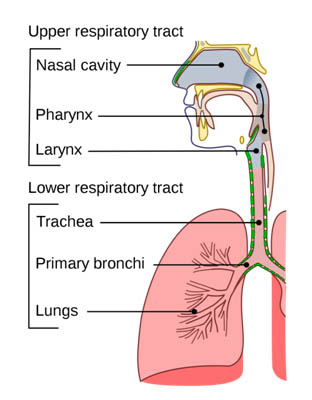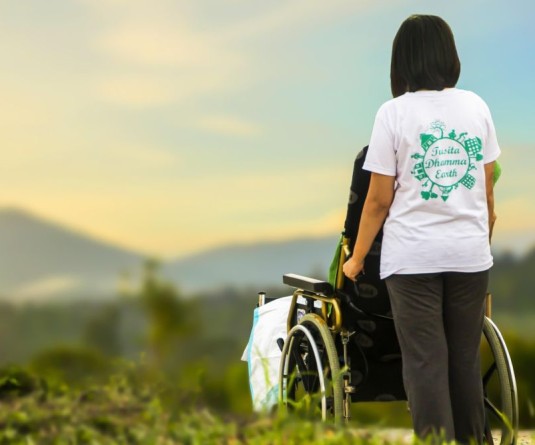Dr Tenukala
CIHSR
As parents most of us had the experience of caring a child with acute respiratory illness. The severity of which can range from a common cold to a more serious illness requiring hospitalization for treatment. Children and old age are the vulnerable age group.
Understanding the problem:
Most children have about 4-6 acute respiratory infections each year. Children with respiratory infections account for a large proportion of patients seen by health workers in health centers. Fortunately, most children with these respiratory symptoms have only a mild infection, such as a cold or bronchitis. They are not seriously ill and can be treated at home by their families without antibiotics.
However, a few children have an acute infection of the lungs (pneumonia). If they are not treated with an antibiotic, these children may die, either from a lack of oxygen, or from a bacterial infection of the bloodstream (called sepsis or septicemia). About one-quarter of all children less than 5 years of age who die in developing countries do so because of pneumonia. 1
What is acute respiratory infection?
Acute respiratory infections are infections in any area of the respiratory tract, including the nose, middle ear, throat (pharynx), voice box (larynx), windpipe (trachea), air passages (bronchi or bronchioles), and lungs. It is divided into Upper respiratory infection (URI) and Lower respiratory infection(LRI), depending on the area of the respiratory tract affected.
What are the common Symptoms of Acute respiratory infection?
URI: runny nose, sneezing, nasal congestion, sore throat, cough, fever, earache.
LRI: fever, difficult breathing, cough, noisy breathing.

What causes acute respiratory infection?
Viruses, bacteria, less frequently fungus, helminths
How to manage a child with acute respiratory infection?
Management will depend on the child’s symptoms and nature of illness.Among the URI, common cold is the most common. Most children will have at least 6 to 8 colds a year.Most colds are caused by rhinoviruses.Most children recover from colds on their own in 1-2 weeks. Antibiotics don’t work against viral infections, so they are not prescribed.
Supportive care:
• Maintaining adequate hydration may help to thin secretions and soothe the respiratory mucosa.Give your child plenty of fluids, such as water, electrolyte solutions, fruit juice, and warm soup. This helps prevent fluid loss (dehydration).
• Make sure your child gets plenty of rest.
• To ease nasal congestion, try saline nasal sprays.
• Keep your child away from tobacco smoke. Smoke will make the irritation in the nose and throat worse.
Danger signs to watch out?
- A fever of 100.4°F (38°C) or higher
- Child not able to drink well or young infant not feeding well
- Change in breathing pattern
- Chest in drawing
- Abnormal sounds while breathing
Tips to help child stay healthy:
• Keep children away from people with a cold.
• Teach children to wash their hands often. Have them wash their hands before eating, and after using the bathroom, playing with animals, or coughing or sneezing.
• Carry an alcohol-based hand gel for times when soap and water aren’t available. The gel should be at least 60% alcohol.
• Remind children not to touch their eyes, nose, and mouth.
• Make sure toys and play areas are properly cleaned, especially if several children are playing together.
PREVENTION:
- Timely routine vaccination of all children against all vaccine preventable diseases.
- Specific vaccines against certain respiratory pathogens are available. Examples of few are Seasonal influenza vaccine, pneumococcal vaccine. Contact nearby physician/ pediatrician for more information.
Reference:
1. The management of acute respiratory infection in children (World Health Organization)
The writers is MD (Pediatrics/Child Health), Senior Consultant, Department of Pediatrics (Child Health) CIHSR, Dimapur





